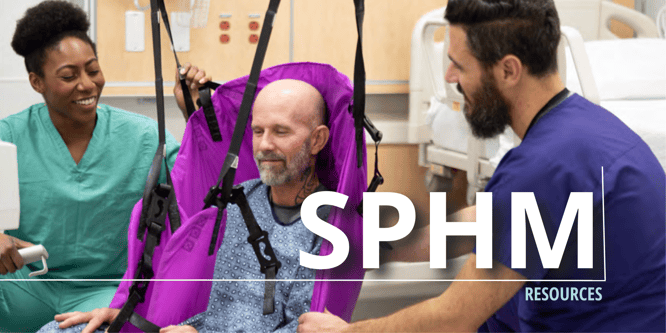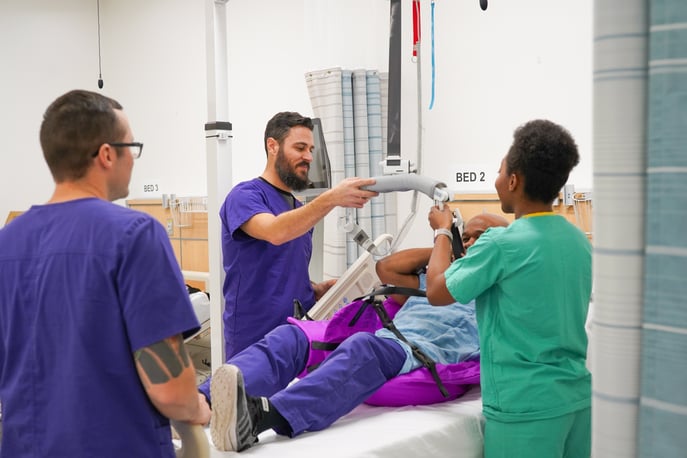Safe Patient Handling and Mobility (SPHM) is essential for Cal OSHA compliance in the healthcare industry. It is a set of evidence-based practices aimed at reducing the risk of injury to healthcare workers, caregivers, and patients during patient handling and mobilization. By incorporating equipment, technology, and ergonomic initiatives, SPHM services ensure that patients are moved efficiently in a safe environment.
This article will highlight the risks associated with manual handling in healthcare, the benefits of SPHM services backed by recent research, and the implementation of such services in healthcare facilities. Additionally, we will discuss Briotix Health's approach to SPHM services and share success stories.
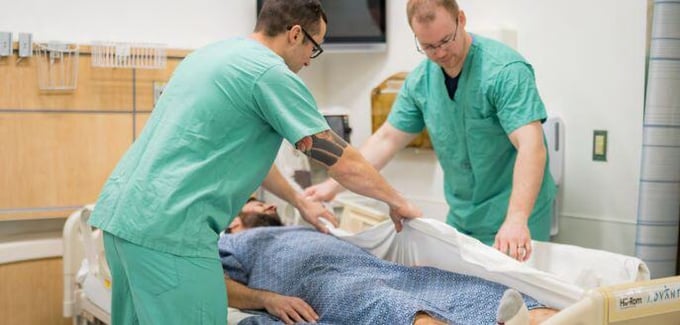
Risks Associated with Manual Handling in Healthcare
Manual handling in healthcare involves lifting, moving, or supporting patients without lifting equipment or technology, and it is done daily in various settings, including hospitals, nursing homes, physical therapy clinics, acute care, long-term care, and home care settings. However, manual handling poses a significant risk of injury to both healthcare providers (such as registered nurses, nursing assistants, and physical therapists) and patients. Some of these risks, supported by recent research, include:
- Musculoskeletal disorders (MSDs) and skin injuries: A study published in the International Journal of Environmental Research and Public Health reported that musculoskeletal injuries remain a major concern for healthcare professionals, with manual patient handling identified as a significant risk factor.
- Slips, trips, and falls: A systematic review published by NIOSH demonstrated that healthcare workers face an elevated risk of slips, trips, and falls when manually handling patients, potentially resulting in injuries for both parties. It is important to consider, however, that the use of patient handling equipment may increase the amount of equipment in the space and potentially reduce visibility, maintaining the prevalence of slips, trips, and falls in such settings.
- Infections: Manual handling increases the risk of exposure to infectious diseases for healthcare workers and patients. A study published in the International Society for Infectious Diseases showed that proper use of SPHM equipment, combined with personal protective equipment, could help reduce infection rates in healthcare settings.
Common Injuries Associated with Manual Handling
- Back injuries: Healthcare workers are at a high risk of developing back injuries due to repetitive and heavy lifting in patient handling. Back injuries can cause chronic pain and disability, decreasing quality of life and productivity.
- Shoulder injuries: Healthcare workers may develop shoulder injuries due to repetitive overhead lifting of patients, leading to rotator cuff tears and other shoulder disorders.
- Neck injuries: Healthcare workers may develop neck injuries due to awkward postures in patient handling, leading to cervical disc herniation and other neck disorders.
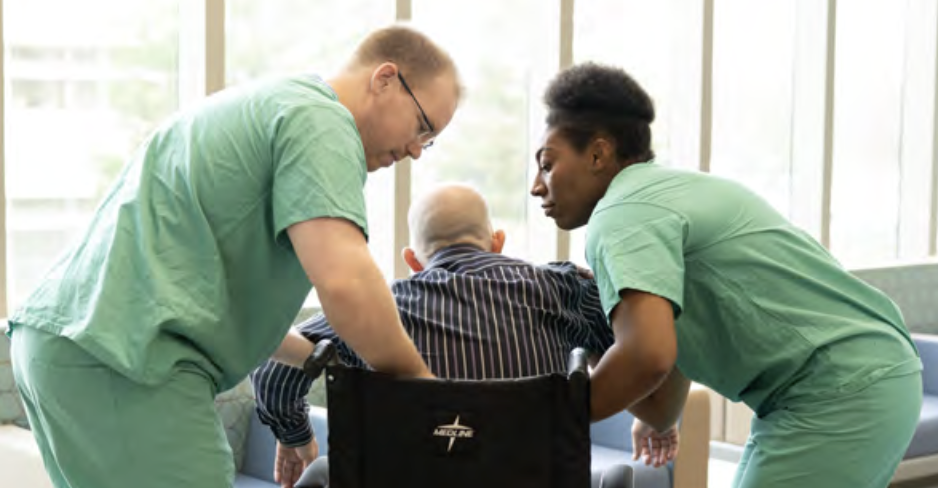
Consequences of Manual Handling Injuries
Manual lifting injuries can have a significant impact on both healthcare workers and patient mobility. Healthcare workers may experience pain, disability, and lost wages, leading to decreased quality of life and increased healthcare costs. Patients may experience pain, trauma, and reduced quality of care. Furthermore, manual handling injuries can increase absenteeism and decrease productivity, affecting the healthcare facility's bottom line.
Benefits of Safe Patient Handling and Mobility Services
Implementing SPHM services can significantly reduce the risk of injury to healthcare workers and patients during patient handling and movement.
- Reduced risk of injury: A systematic review and meta-analysis in the International Journal of Nursing Studies (2020) found that SPHM programs led to a significant reduction in injuries among healthcare workers.
- Improved patient outcomes: According to a study in the journal BMC Geriatrics, SPHM services contribute to better patient outcomes by reducing the incidence of pressure ulcers, falls, and other complications.
- Enhanced staff morale and retention: A study published in Gerantaology and Geriatric Nursing reported that SPHM programs positively impact staffing, job satisfaction, and retention rates.
- Increased efficiency: Although the initial setup of SPHM lifting devices may take more time, it can ultimately lead to increased efficiency by reducing the time and effort required for patient handling, repositioning, and movement in the long run.
- Enhanced fall management: SPHM services provide equipment such as the HoverJack for fall recovery, which fills a critical need in healthcare settings. By training staff to manage falls safely, the risk of injury to both staff and patients is reduced.

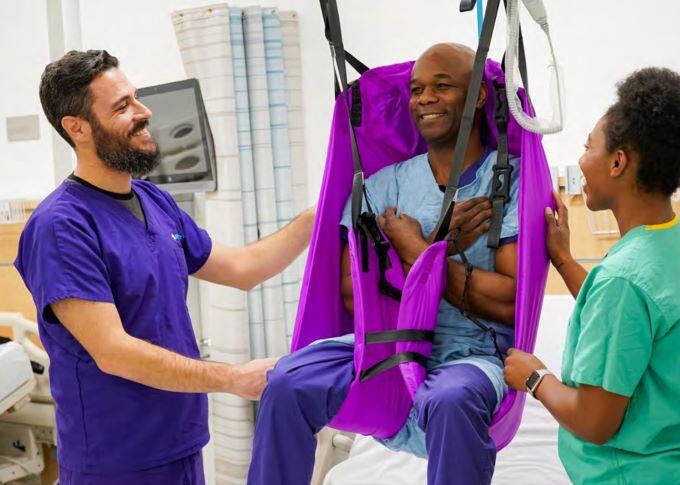
Implementation of Safe Patient Handling and Mobility Services
Let's delve into the crucial steps for establishing an effective Safe Patient Handling and Movement (SPHM) program in healthcare facilities. The following steps are instrumental in ensuring both patients' and healthcare workers' safety while complying with regulatory requirements.
- Identify the need for SPHM services: Healthcare facilities should assess their patient handling and movement practices and determine the demand for SPHM services based on injury rates, patient acuity, and workload.
- Develop an SPHM program: Healthcare facilities should develop a comprehensive SPHM program that includes policies and procedures, equipment and technology selection, training and education, and evaluation and monitoring.
- Train healthcare professionals: Healthcare professionals should receive training and education on SPHM practices, including the proper use of equipment and technology, patient handling techniques, and risk assessment. This training should also address the Cal OSHA regulation requirements.
- Implement equipment and technology: Healthcare facilities should invest in SPHM equipment and technology to assist with patient handling and movement, ensuring proper storage and accessibility for staff.
- Evaluate and monitor the program: Healthcare facilities should regularly evaluate the effectiveness of their SPHM program and make necessary adjustments to improve outcomes. Monitoring can include tracking injury rates, patient outcomes, and healthcare worker satisfaction.

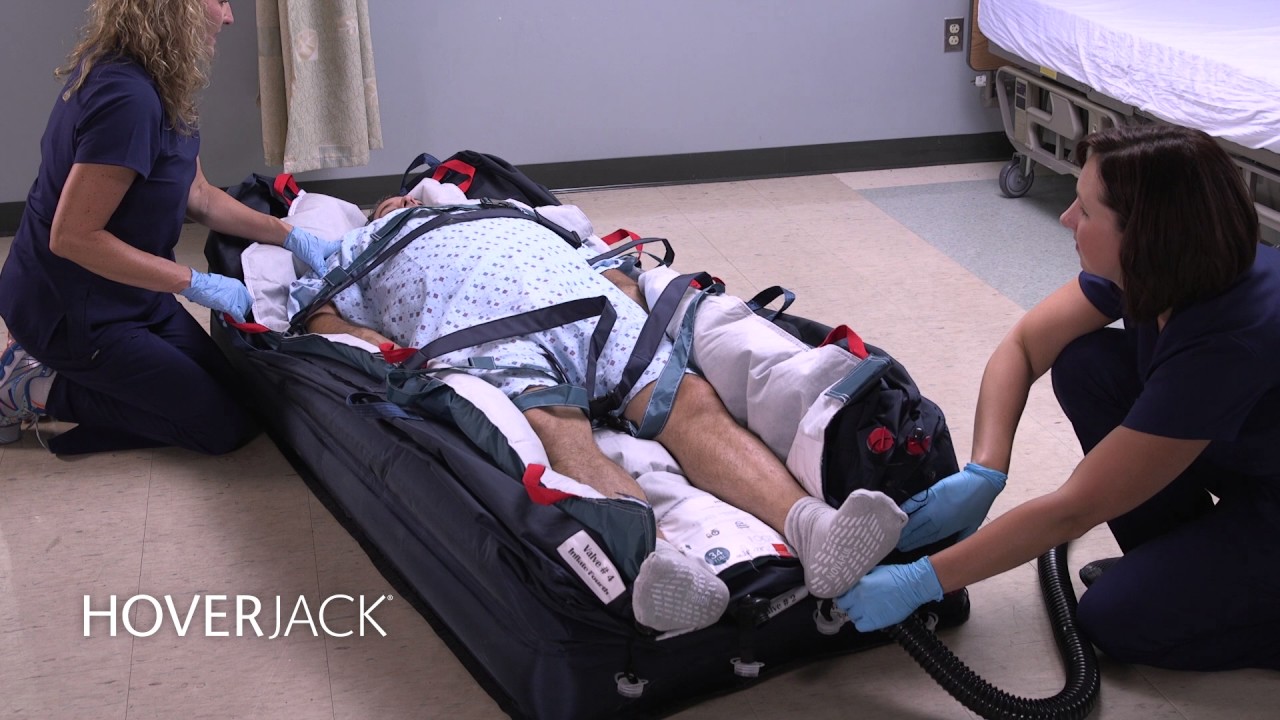
Equipment and Technology Needed for Safe Handling and Mobility
Reducing manual handling risks is the primary goal, as completely eliminating them may not always be feasible, especially in emergency situations or during the initial setup of equipment. Various types of SPHM assistive devices and technology are available to assist healthcare workers in moving patients safely and efficiently while minimizing the risk of MSDs and other injuries associated with manual handling. Some of the various options include:
- Ceiling Lifts: Ceiling lifts are mounted on overhead tracks and are used to transfer patients between beds, chairs, and other surfaces. They are equipped with slings that securely support the patient during transfers, reducing the physical strain on healthcare workers and minimizing the risk of patient falls.
- Portable Floor Lifts: Portable floor lifts are mobile devices designed to lift and transfer patients from one surface to another. These lifts typically include a base, mast, and boom, as well as a sling to support the patient. Portable floor lifts offer flexibility as they can be easily moved and used throughout the facility.
- Lateral Transfer Devices: Lateral transfer devices, such as air-assisted devices and slide sheets, facilitate the safe and efficient transfer of patients from one surface to another in a horizontal position. These devices reduce friction and the need for healthcare workers to lift the patient manually, minimizing the risk of injury for both patients and staff.
- Smart Beds: Smart beds are equipped with various features to assist with patient handling and mobility. These beds may include built-in scales, adjustable height settings, and automated lateral rotation. Smart beds can help prevent pressure ulcers, reduce the risk of falls, and facilitate patient transfers.
- Gait Belts: Gait belts are designed to help healthcare workers safely assist patients during ambulation or transfers. The belt is secured around the patient's waist, providing a secure handhold for the healthcare worker to support and guide the patient, reducing the risk of falls and injuries.
- Standing and Raising Aids (SARA): Standing and raising aids, also known as sit-to-stand lifts, are designed to help patients transition from a seated to a standing position. These aids provide support and stability during the transfer process, reducing the risk of falls and injuries for both patients and healthcare workers. They can be particularly helpful for patients undergoing rehabilitation or those with limited mobility.
- HoverJack: The HoverJack is a type of air-assisted device specifically designed for fall recovery. It consists of a series of inflatable chambers that are gradually filled with air, raising the patient from the floor to a height suitable for a safe transfer to a bed or stretcher. The HoverJack not only facilitates the safe recovery of fallen patients but also minimizes the risk of injury to healthcare workers during the process.
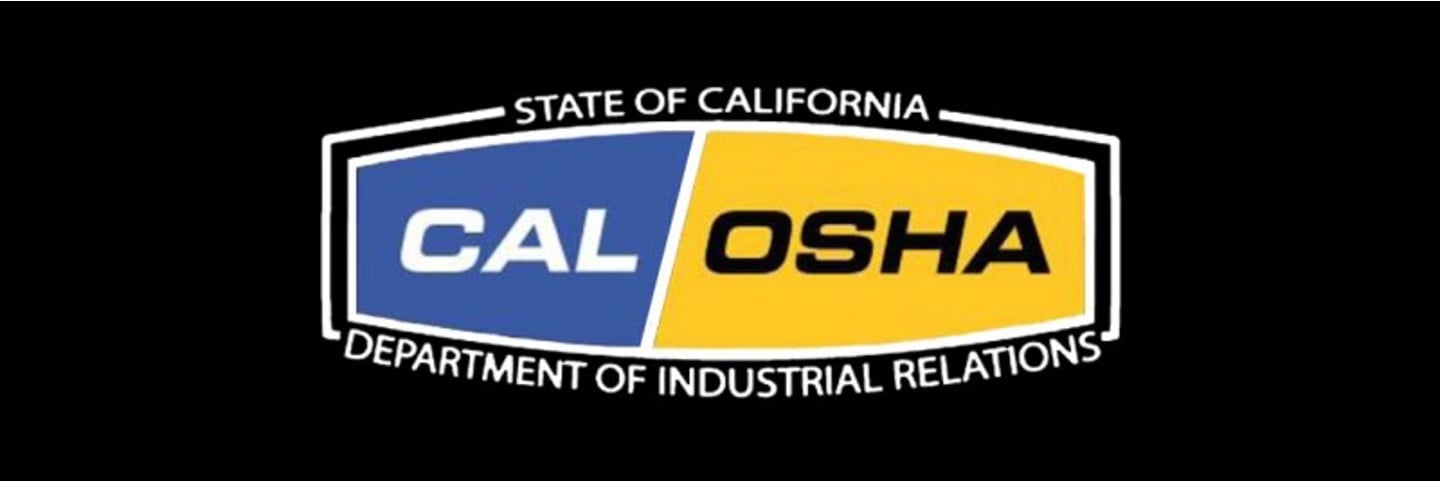
Cal OSHA Compliance and Its Importance
The implementation of SPHM services is not only vital for enhancing patient and healthcare worker safety but also crucial for adhering to Cal OSHA regulations. These regulations mandate that employers maintain a safe and healthy work environment for their employees while striving to minimize workplace injury risks. Employing SPHM equipment and technology, as well as providing comprehensive training and education for healthcare professionals, enables healthcare facilities to comply with Cal OSHA regulations and avert potential penalties and fines.
Maximizing Safety & Efficiency: Exploring SPHM Services with Briotix Health
Safe Patient Handling and Mobility (SPHM) services play a critical role in ensuring the safety of both patients and healthcare workers in healthcare facilities. The adoption of SPHM services helps create a culture of safety, reduce work-related injury risks, elevate patient care and outcomes, boost efficiency, and mitigate workers’ compensation costs. Furthermore, adherence to Cal OSHA regulations is a crucial aspect of implementing SPHM services.
Briotix Health offers a well-rounded approach to SPHM services, encompassing risk assessment, equipment and technology selection, training and education, and program evaluation. To discover more about working with Briotix Health's safe patient handling professionals and how they can support your healthcare facility in fostering safe patient handling programs, contact Briotix Health today.

